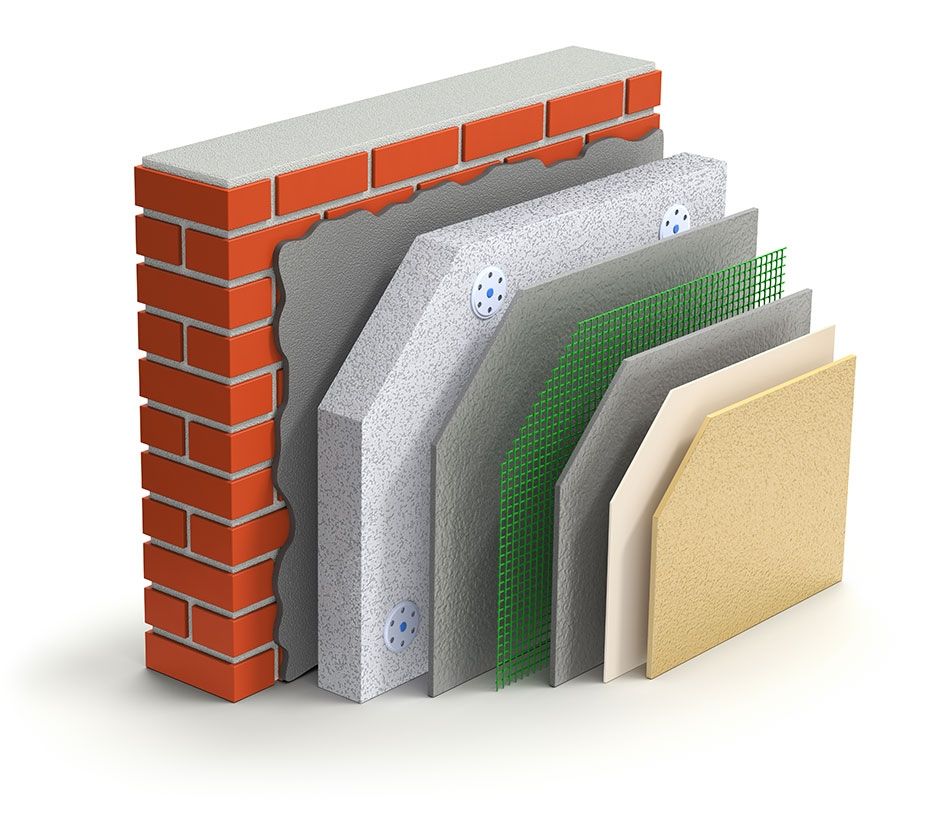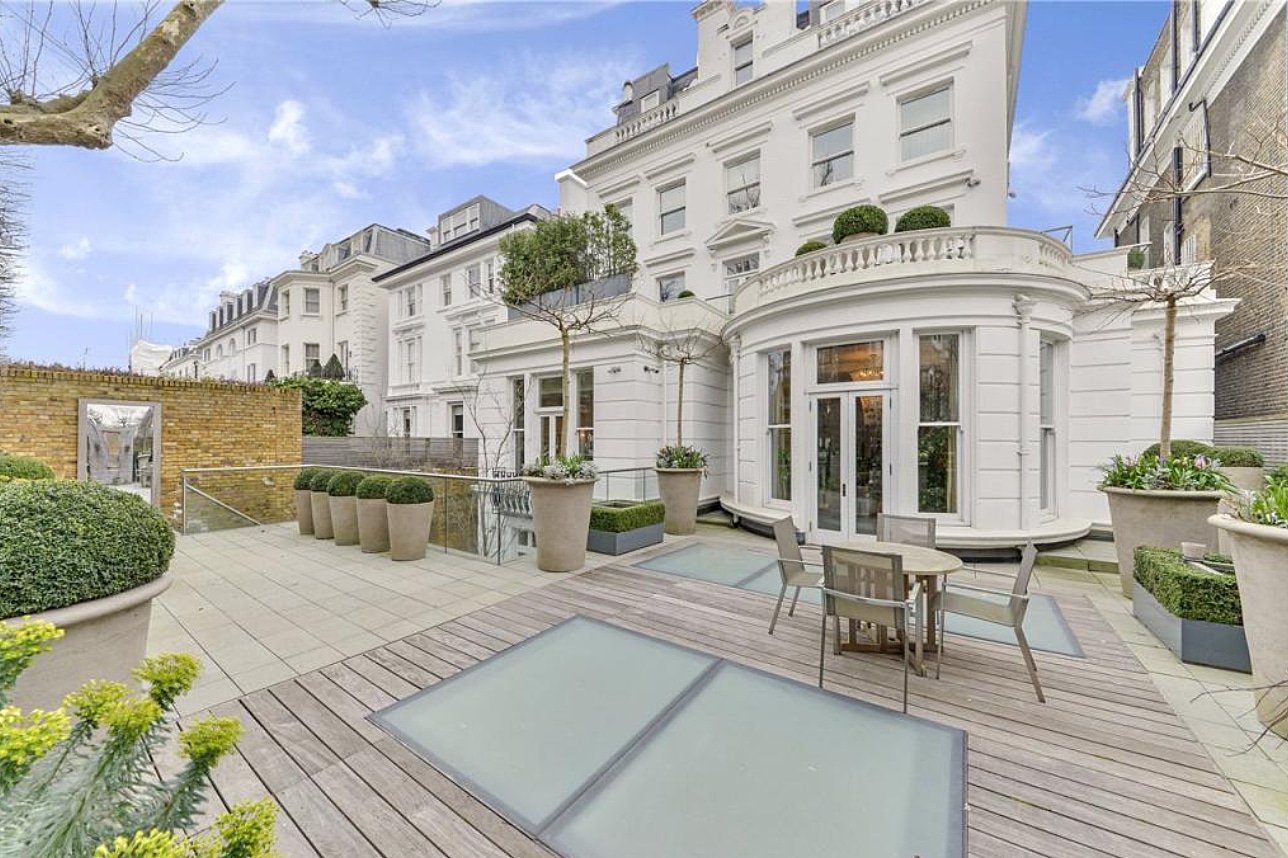There are many different types of thin-layer facade plaster. They differ in texture, pigments and binders. To make sure that your facade will look its best, it is essential to know what you’re getting yourself into. The difference between acrylic and silicone plaster depends on the binders and pigments. Each type has different characteristics, and there is no one correct answer. If you want the best effect for your building, consider applying a decorative American coat.

Mineral plaster is a good choice for a cheap, durable facade. Although it’s often considered the most affordable and most reliable type, it can be dated and can’t be used on old buildings. Unlike mineral plaster, acrylic plaster does not have any granulations and allows steam to pass through it. The downside to this type of material is that it can be brittle and show cracks in the wall.
If you are building a facade made of concrete, you’ll need plaster designed for ventilated walls. These facades will need a mixture of cement and lime to be waterproof. The blend must be formulated with a binder and an aggregate, which will ensure that the result is durable. The problem with industrial-grade mixes is that they require time and energy to complete. This can affect the final cost of the project.
The two basic types of facade plaster are cement-based and water-based. The latter is made of lime, making it more resistant to water and other elements. Using a cement-lime plaster is easier to apply and has more flexibility. Modern cement-lime plasters can also be an excellent choice for green buildings. It also has many advantages over natural-based plasters. Its high-strength cement-based granulations are more durable and last longer.
There are several types of facade plaster, and they are all used for different purposes. In addition to preserving the building’s integrity, plastering protects from the weather elements and can reduce heating costs. It is essential to know the materials used to create a facade to avoid problems. There are also special techniques for repairing walls to make them more attractive. Aside from the proper mixing process, it’s essential to consider how the finished product will be applied.
Decorative stucco for facades is a composite composition with small granule stones interspersed. The effect is similar to that of wood eaten by insects. In contrast, non-frozen plaster is mixed with water and other absorbent materials. The decorative stucco for facades is more flexible and expensive than its counterpart. Its granularity makes it an ideal choice for buildings with historic masonry.
There are several factors to consider when plastering facades. First of all, it’s important to note that the materials used for facades must be compatible with the thermal insulation board. The best option for your facade is compatible with the thermal insulation board. For example, styrofoam is the best choice for this purpose. A whole brick wall, on the other hand, uses stone wool.


